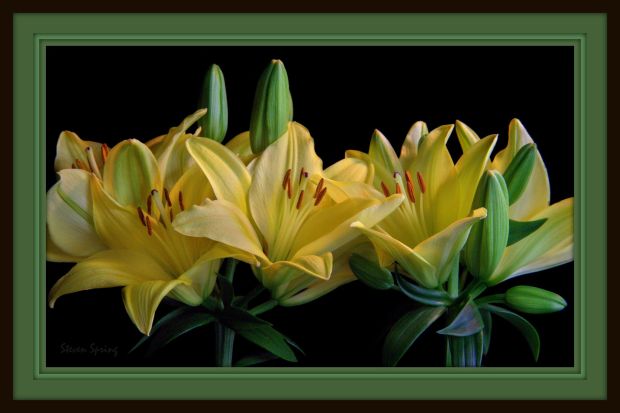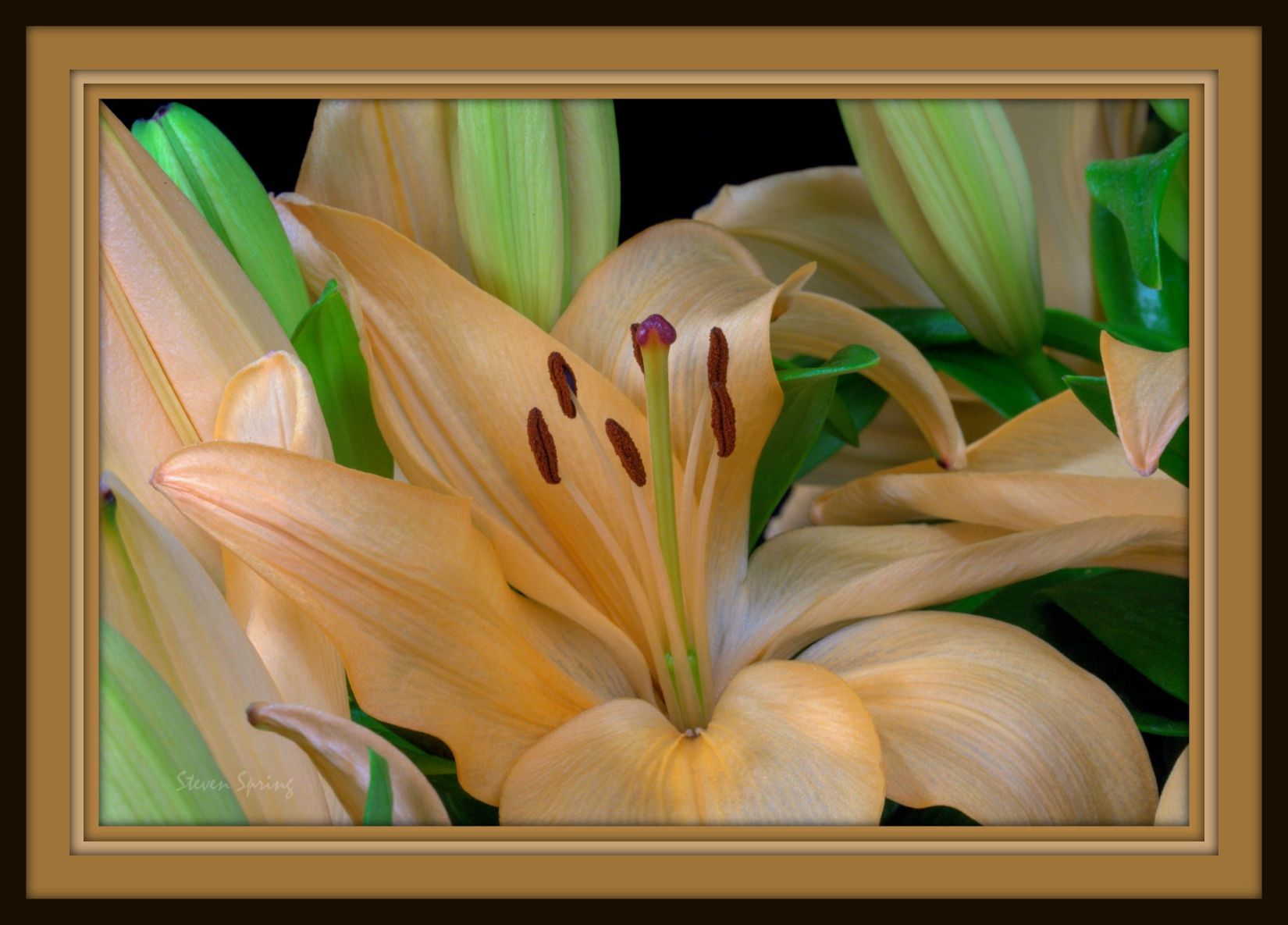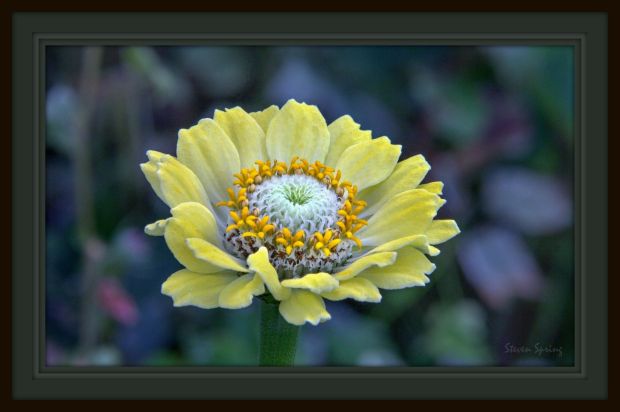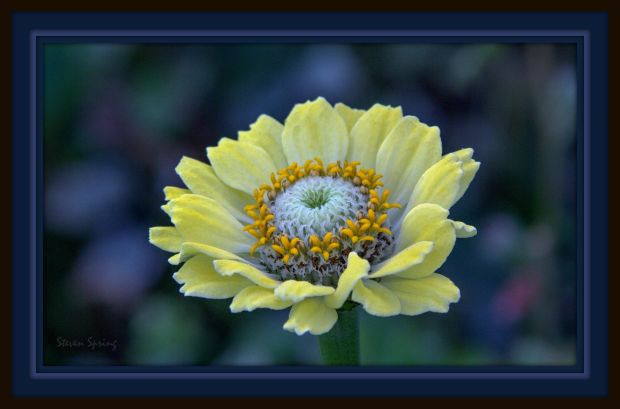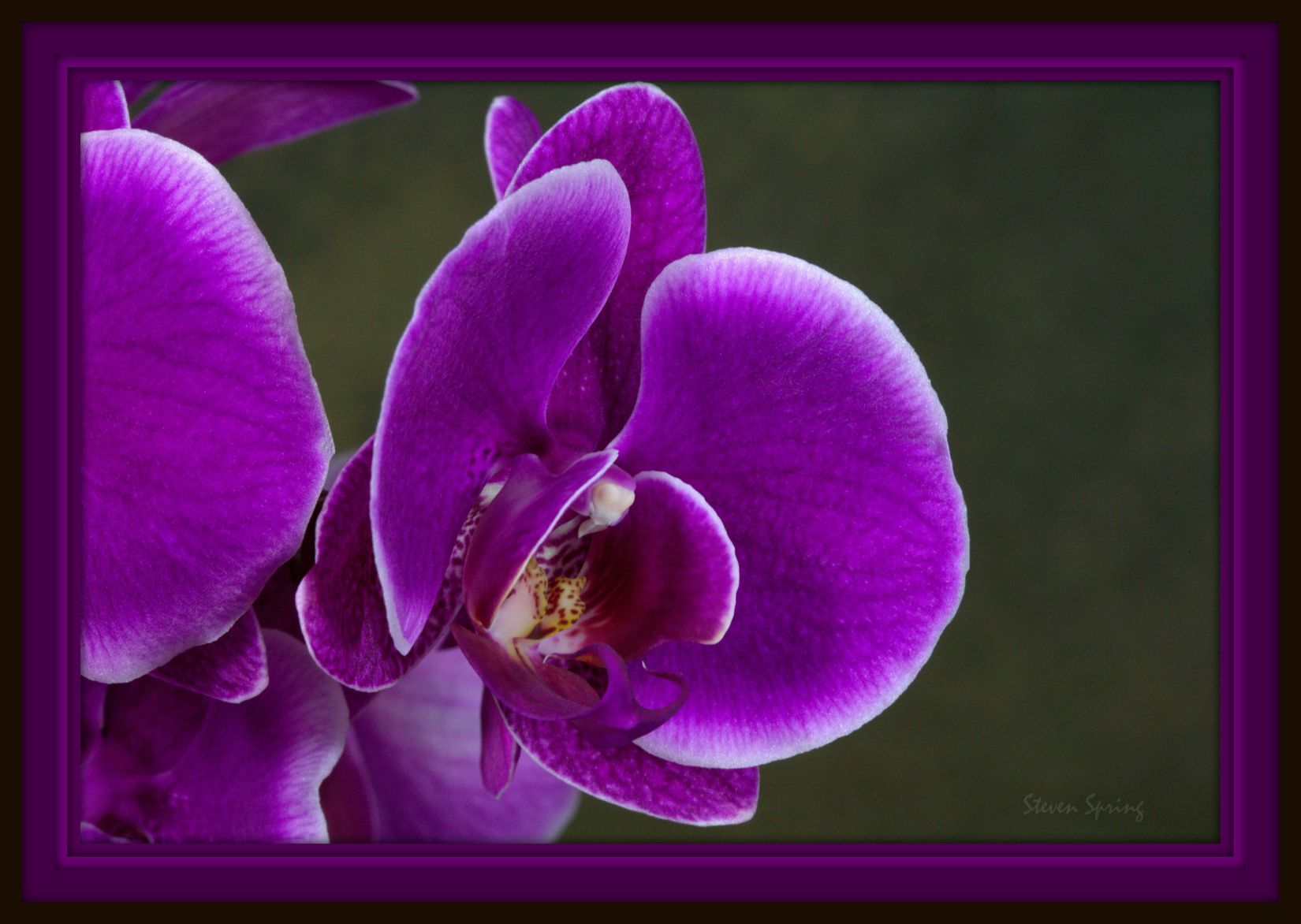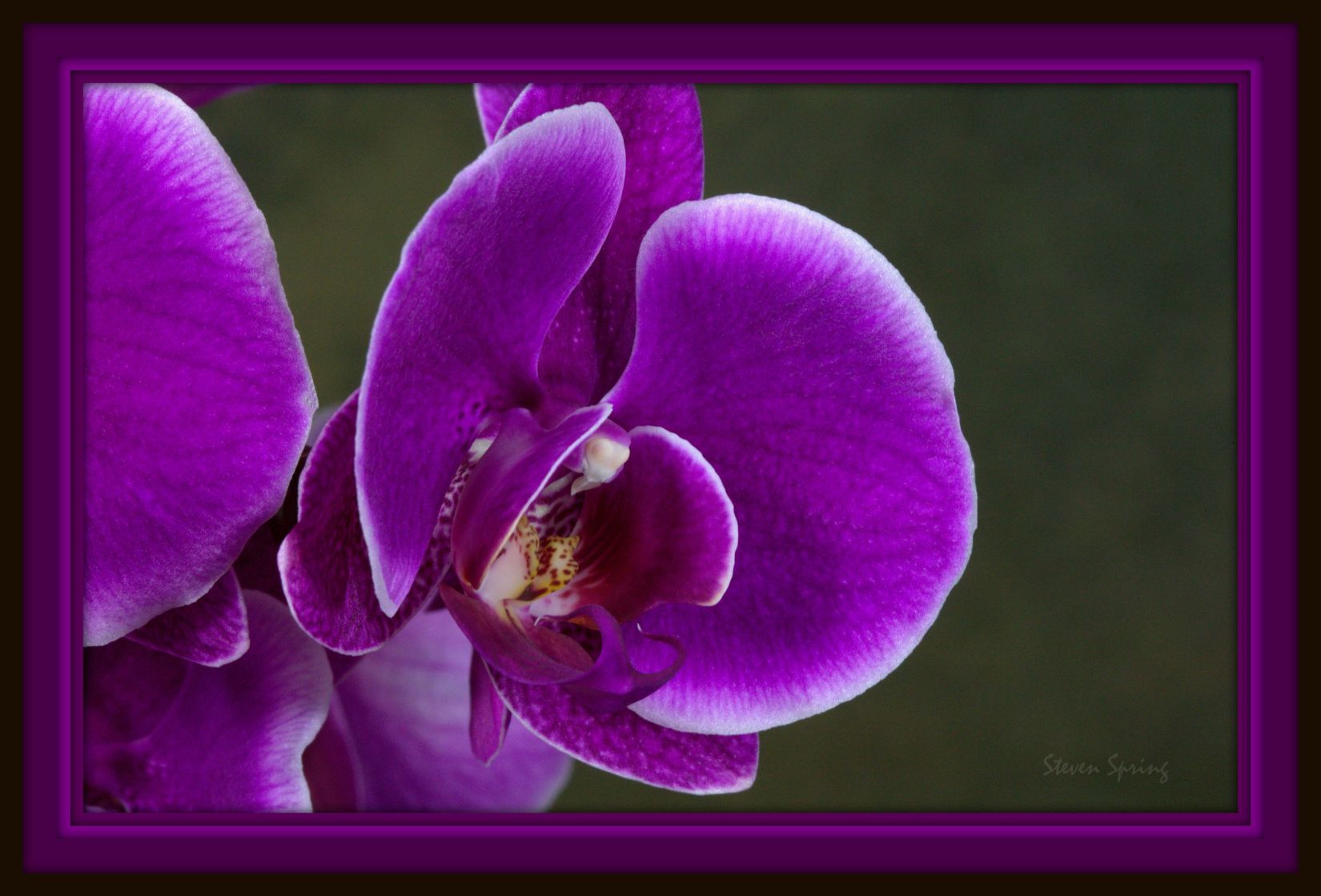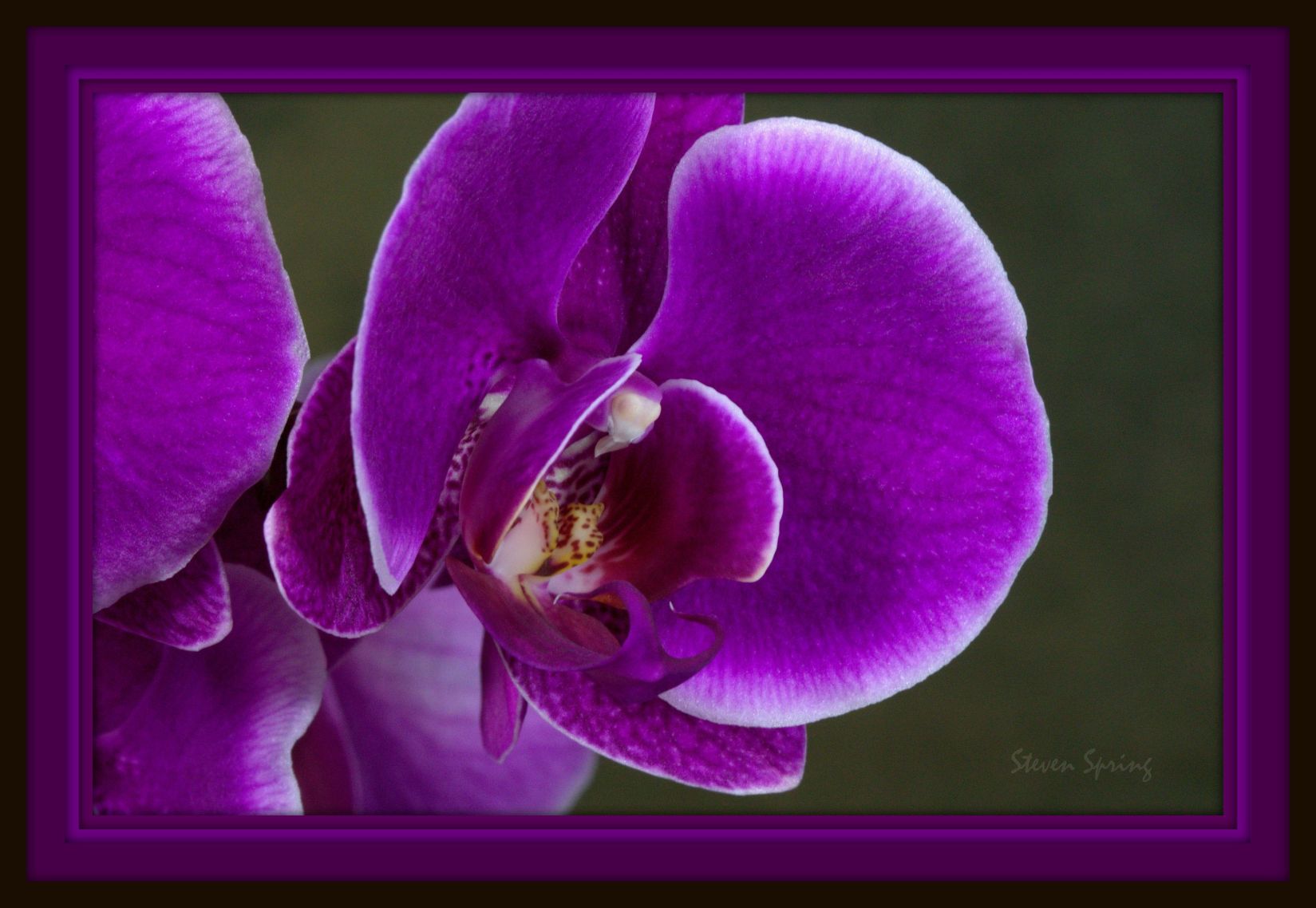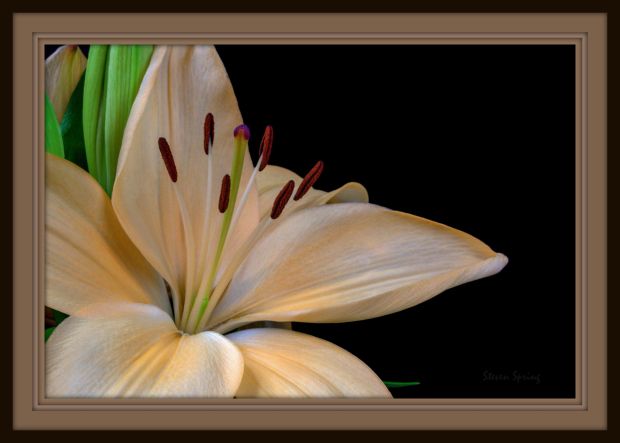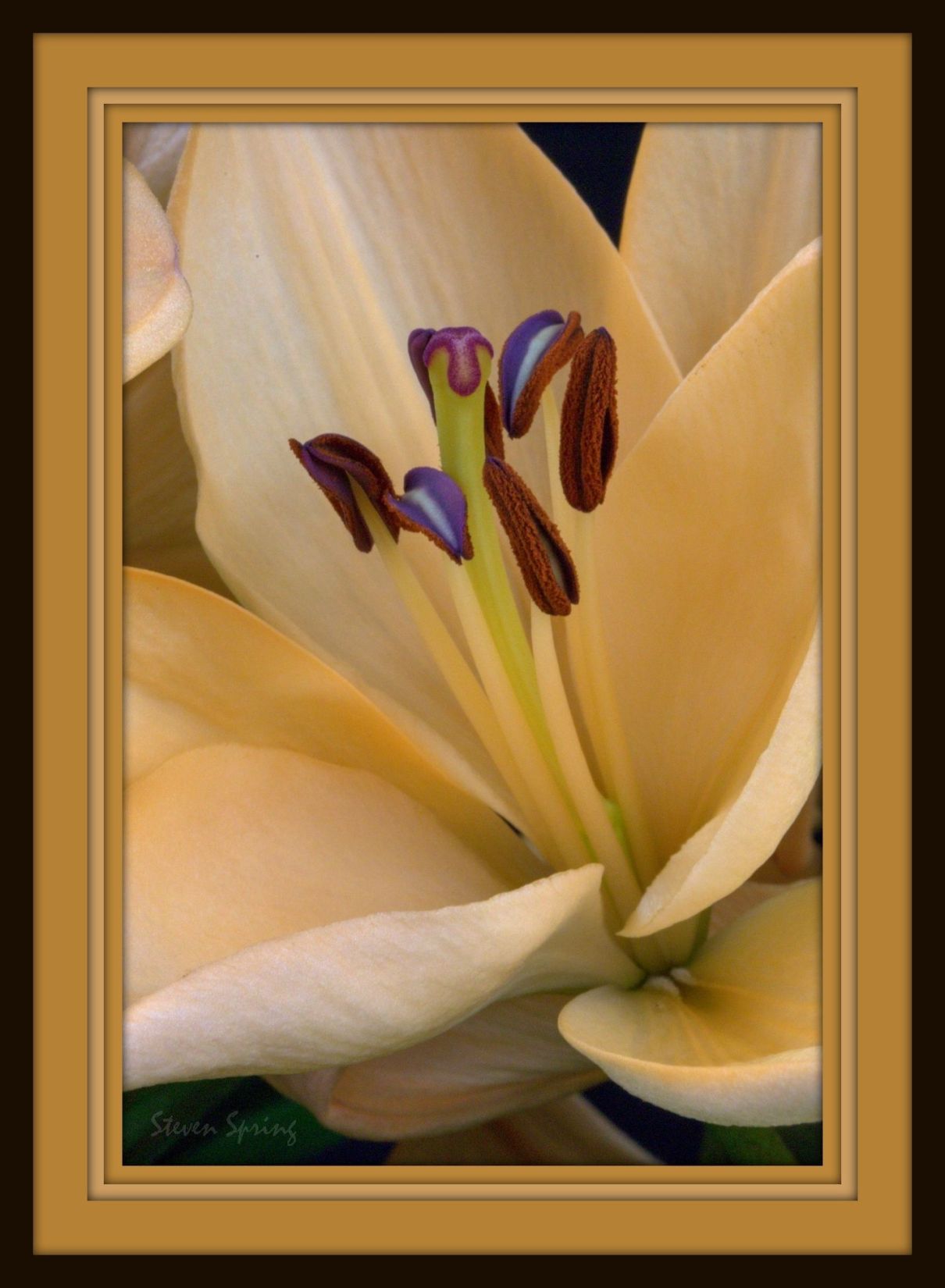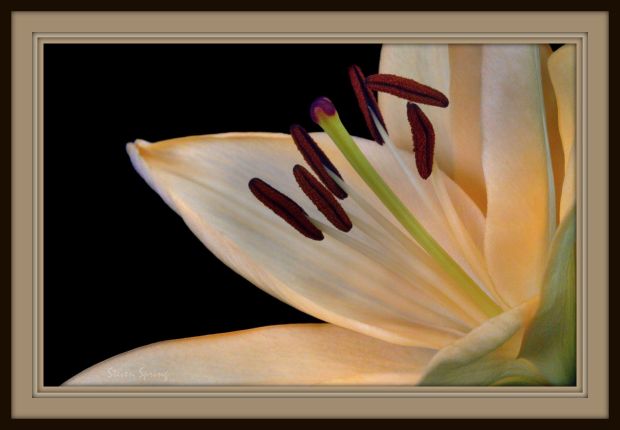May 13, 2023
Lilies, whose scientific name is Lilium, has more than one hundred gorgeous species in its family. However, there are many plants that have Lily in their common name; yet not all are true Lilies. A few examples of this misnomer are Day Lilies, Calla Lilies, Peace Lilies, Water Lilies and Lilies Of The Valley. True Lilies are mostly native throughout the temperate climate regions of the northern hemisphere of planet Earth, although their range can extend into the northern subtropics as well. This range extends across much of Europe, Asia, Japan and the Philippines and across southern Canada and throughout most of the United States.
There are a number of different sub-species of Lilies, such as Oriental, Asiatic, Trumpet, Martagon, Longiflorum, Candidum and several others. The most commonly grown are the Orientals and the Asiatics, especially for gardeners in more northern regions. Both the Oriental and Asiatic sub-species are hybrids. They are possibly my most favorite flower to photograph, as their design and colors makes it so easy to do so. Friends might think I am a little nuts when I tell them that they like having their picture taken, as they are so photogenic.
Asiatic Lilies, who gets its name because they are native to central and eastern Asia, are probably the easiest to grow, reproduce effortlessly and are very winter hardy. A healthy bulb can often double in size from one season to the next, and produces many smaller bulblets near the surface of the soil. Asiatics can reach heights up to six feet tall and have long, slim, glossy leaves, all the while producing flowers in a wide variety of colors, including white, pink, plum, yellow, orange and red. The one color in which they do not bloom is true blue. Blooming in June and July (depending on one’s region), the flowers produce no fragrance, unlike that of Orientals. Another distinguishing difference between the two is its petals. Whereas Asiatics have smooth edges, Orientals are rough.
Oriental Lilies, native to Japan, are a little harder to grow and tend to reproduce much more slowly, mainly by bulblets sprouting near the surface of the soil. They look somewhat like a football when they first surface from the soil, rather pointy, and its leaves hugging the stem tightly. Their deep green leaves are wider, further apart and less numerous than those of the Asiatics, which first come into sight similar to an artichoke in appearance. Orientals are usually taller than Asiatics, reaching a height up to eight feet tall. Because of their height, many refer to them as Tree Lilies.
Orientals tend to bloom in pastel shades of white, yellow and pink, although some such as Stargazers and Starfighters produce very deep pink blooms. One more characteristic difference between the two types is that Orientals often will be rimmed with a different color, or having two or three colors, whereas the Asiatics most often have just a single color, although there are some exceptions. This sub-specie of Lilies also blooms after Asiatics, usually in August and September, again depending on your region. Other sub-species, such as Trumpets, bloom even later, so it is possible to have Lilies blooming all summer long by planting different varieties.
Most Lilies are very easy to grow. They are not especially particular about soil neither type nor pH level. Their only requirement is a well-draining soil. Lilies grow best in full sun; however, they may thrive in partial sun as well. An interesting fact about this plant is that most Lily bulbs have very thick roots that have the ability to pull the bulb down into the soil at a depth that is most optimum for their continued survival.
If I am fortunate to have you view my photographs and you find the color saturation too much or the color schemes of the mats do not match either themselves or the photograph, please let me know via a comment. Being color-blind, what might look great to me might look like sh*t to everyone else!
Steven H. Spring
Earth
